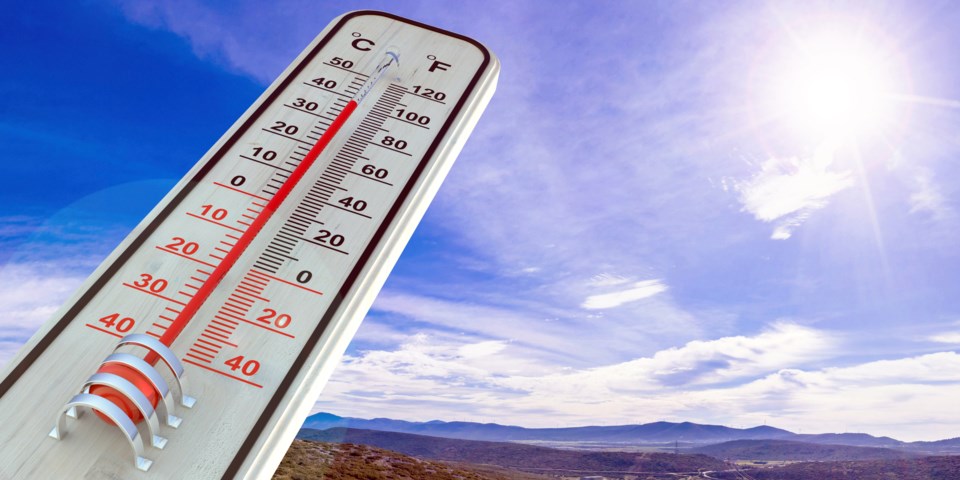Editor:
Last year's heatwave led to the deaths of more than 600 British Columbians, according to B.C. Coroners Service. And once again, this year, we’re facing climbing temperatures and heat warnings.
This feels like our "new normal." But it doesn’t have to be.
Nature has the power to mitigate the worst impacts of climate change. Forests keep tonnes of carbon out of our atmosphere, and intact wetlands can help prevent floods.
Protecting 25 per cent of B.C.’s land and waters by 2025, followed by 30 per cent by 2030, is a climate action that is backed by science and would protect at-risk species. It would also support the conservation vision of First Nations who are leading efforts on the ground.
Protecting our province protects us from climate change. Our government has the power to implement this climate solution right now, as part of a larger plan to address climate change. I urge the B.C. government to take the impacts of climate change seriously, and vow to protect 30 per cent of its land and water by 2030. We’re not waiting for more record-breaking temperatures: we are demanding action.
Peter Mardi
YOUR VIEW: What should be the B.C. government be doing to tackle climate change? Share your thoughts in a letter to the editor.



